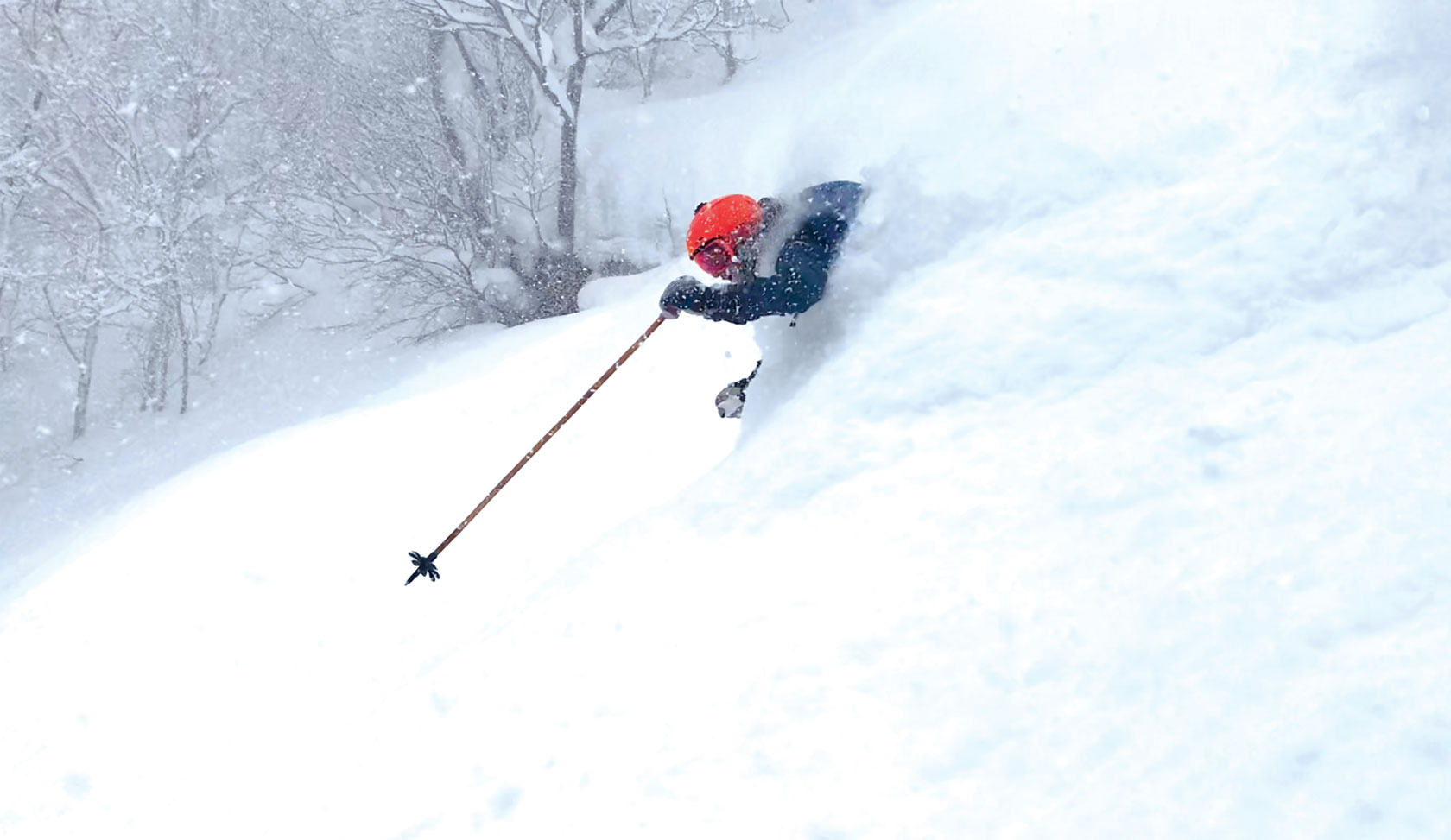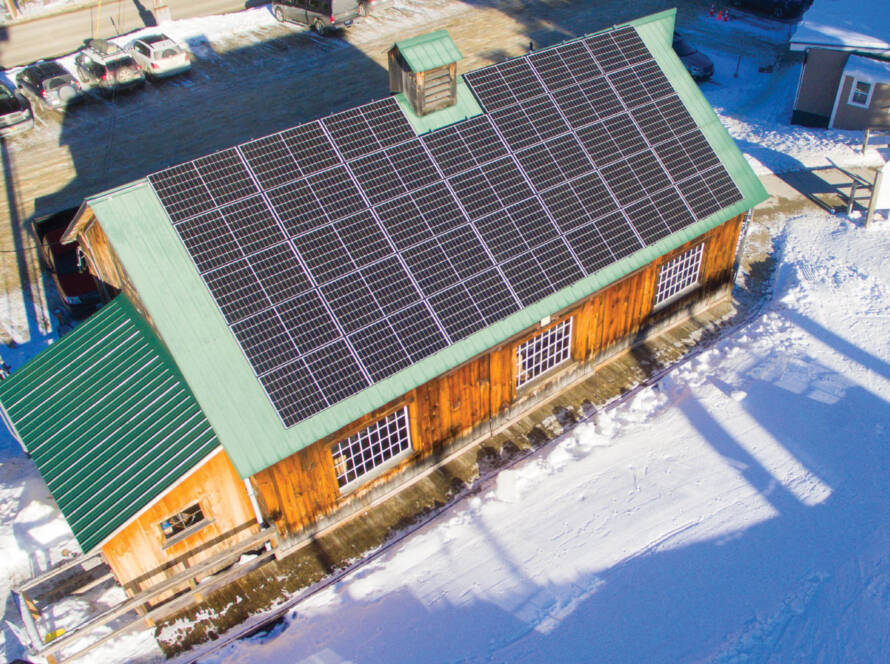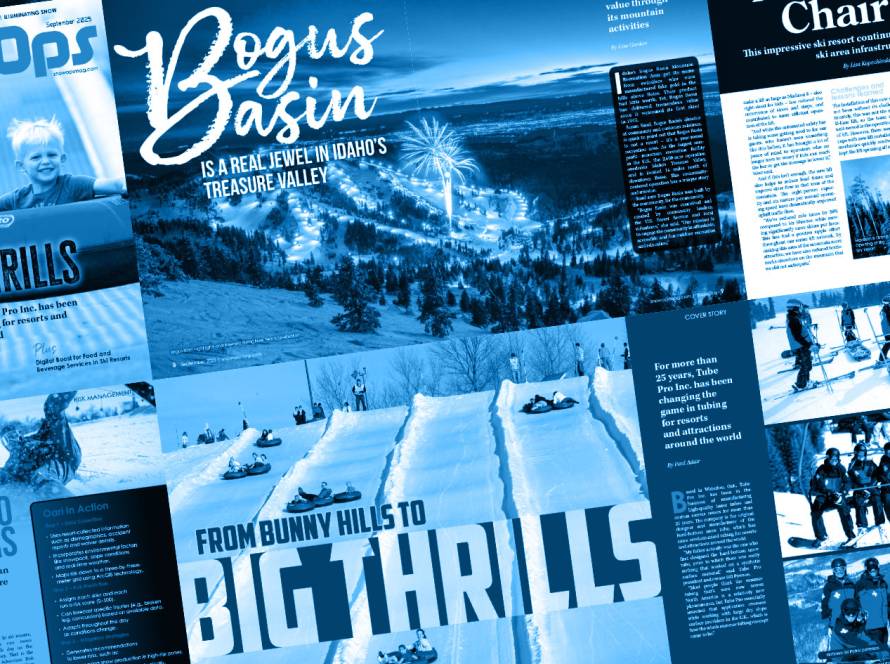OpenSnow uses its comprehensive weather forecasting and conditions platform to provide highly detailed snow and weather predictions tailored for outdoor enthusiasts. By leveraging advanced technology, including artificial intelligence (AI), the platform enhances the accuracy and precision of its forecasts.
Founded by meteorologist Joel Gratz, from Boulder, Colo., OpenSnow launched in 2011 as a specialized weather service for skiers and snowboarders. The platform was created to provide these users with detailed, location-specific information they need to plan their mountain adventures with safety and confidence.
“These features are different than typical weather apps as they focus more on snowfall, snow quality, the differences between mountains and how snow varies across elevations,” he said. “The business is profitable. We employ 11 people full-time – many contract forecasters – and serve hundreds of thousands of people.”
How OpenSnow works
OpenSnow works with forecasting models by pulling information from various weather models, adjusting that raw data for elevation and mountain environments, and blending multiple models together to create their forecast. “During the last year, we began research using AI to better adjust the baseline model forecasts to account for elevation and mountain environments,” Gratz said.
Gratz says that his team has tried different approaches of integrating AI technologies and machine learning algorithms into their forecasting process. After evaluating their options, they chose to use a U-Net design, a neural network architecture that’s particularly effective at analyzing and adjusting weather data.
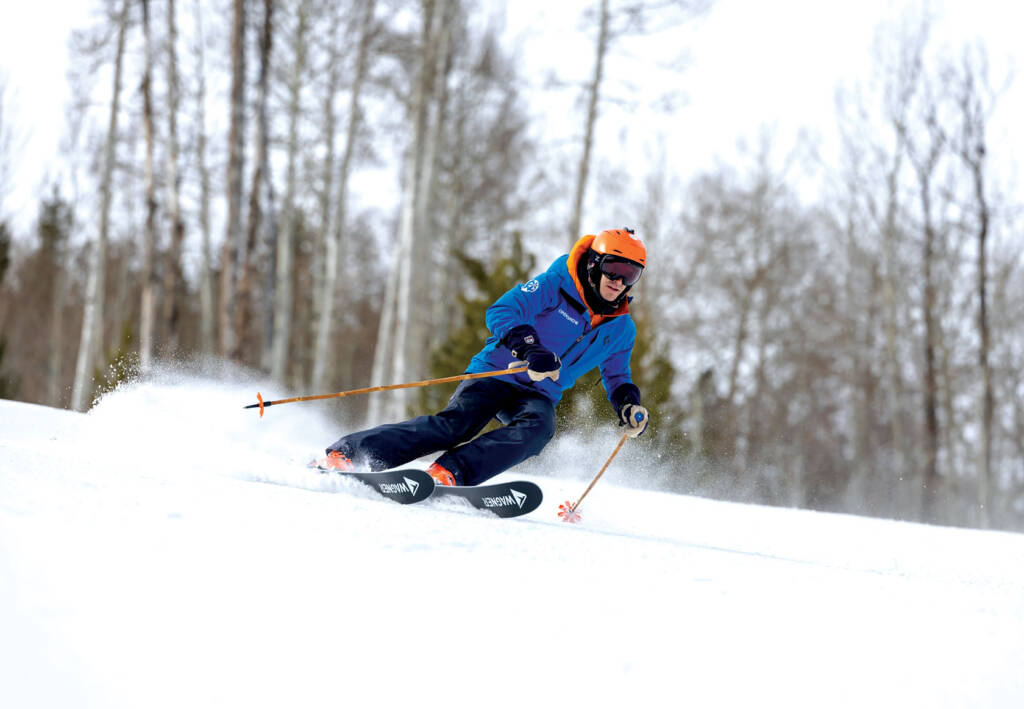
“This system pulls in training data consisting of past, high-resolution model information and uses it to adjust the real-time, lower-resolution weather model data.”
OpenSnow has recently started to track how AI is improving the accuracy of snowfall predictions compared to traditional forecasting methods. “During a recent storm in the Colorado Rockies in mid-February, out of the 10 ski areas that we tracked, the AI forecast outperformed our traditional forecast at seven out of the 10 locations,” Gratz said. This resulted in more accurate snow predictions, offering skiers and snowboarders a better understanding of snow conditions in real-time.
Despite these advancements, the application of AI in weather forecasting still faces challenges. While AI has shown improvements in the accuracy of snowfall predictions, it can’t predict extreme weather events, such as blizzards or sudden temperature shifts.
AI is a long-term game changer for weather prediction as a whole.
Joel Gratz, OpenSnow
AI’s ability to adapt and recognize patterns is most effective in stable, predictable weather conditions as it still struggles with unexpected extreme events. Gratz says AI’s main benefits lies in identifying and refining forecasts for specific mountain locations. Once trained, the AI system can process new data in seconds, quickly adjusting predictions for snowfall and other conditions based on real-time inputs.
“As an example, for snow in mountain environments – or the likelihood of severe weather – it can recognize these patterns quickly, usually with just seconds of processing time. This is once the model has been trained, which can take days, weeks or months.”
AI-based forecasting
When asked if ski resorts and other industry professionals have adopted AI-based forecasting to enhance their operations, Gratz explains that, from a weather perspective, the use of AI is still in its early stages.
“Many forecasting companies and organizations are creating AI weather forecast models in a research environment, and a few are operational. That is, they run on a schedule every day,” he said.
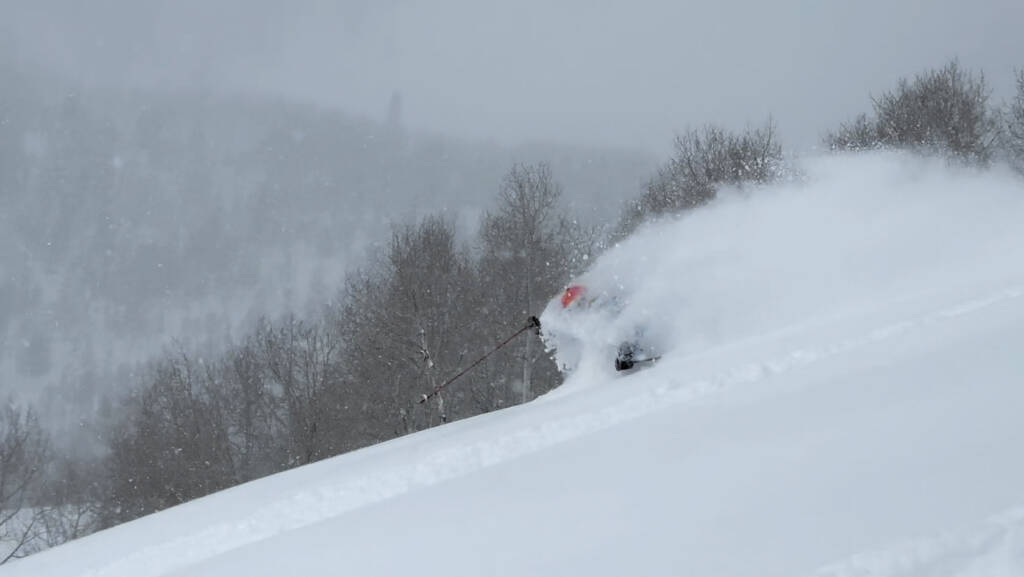
Gratz says that AI-driven forecasts have the potential to provide more accurate and nuanced data, especially for challenging locations and weather events that are difficult to predict. With OpenSnow planning to release its first AI forecasts publicly this year, there are definitely challenges in using AI for weather prediction.
“For example, there are a lot of possibilities around how to set up the model, how to tune the model, and we are just getting started. AI is a long-term game changer for weather prediction as a whole, but the short-term wins will be more focused on specific use cases.”
To ensure reliability and trustworthiness of AI-generated forecasts, Gratz’s team regularly compare their AI-driven predictions with those from traditional weather models and other forecasting techniques. Looking ahead, Gratz sees AI as a key driver in the future of weather forecasting.
“AI is likely the future of weather forecasting. Again, this doesn’t mean that forecasts for all types of weather will suddenly become more accurate, but specific use cases will likely be helped a lot by AI, and over time, many weather model technologies will improve due to AI,” he said. “AI is just another tool in the toolbox, but it’s a super useful tool for the right situations, and it’s time to learn more about it so that we’re all prepared for the future.”
